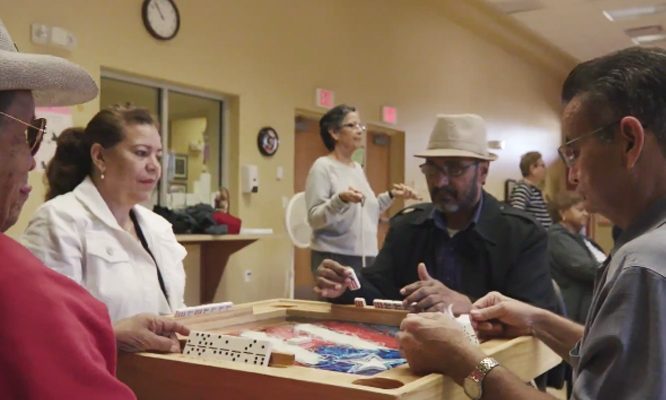As we ring in the New Year, the phone is also ringing at retirement communities. Often, adult children notice a change in a parent during a holiday visit, which can lead to a post-holiday spike in inquiries. But is your community dropping the ball?
Let me tell you about the experience my friend Pam had. She, her two siblings and their families visited with mom over the holidays and noticed signs that she is not okay to live alone…not eating well, clutter piling up when mom had always been a fastidious housekeeper, unsteadiness on her feet, signs that the comfy chair in front of the TV is the hub of her daily life. These observations were a wake-up call they couldn’t ignore. Pam’s sister prolonged her stay with mom, while Pam got on the phone to find resources, contacting home health agencies and several senior living communities.
Unfortunately, when Pam called and visited the communities, the reception she received didn’t leave her feeling very confident. She was confronted with unskilled staff who didn’t know the answers to her questions, unreturned phone calls and general disinterest in helping during a situation that, to her, was a crisis. Here are five resolutions you can make to ensure that your community makes a positive first impression that can convert inquiries to move-ins.
#1: Answer the phone and/or return calls promptly. Even though Pam contacted communities during business hours, the phone would ring and ring, or her call went to voicemail. More often than not, she called back rather than waiting a day or more for a return call.
#2: Be welcoming. Often, when Pam finally reached a live person, it was a receptionist who seemed almost surprised at her inquiry (during the holidays when everyone was off) and didn’t seem to know what to say. Train front line staff to enthusiastically greet the caller, ask the right questions, be empathetic and reassure the caller that the appropriate person will return their call that same day.
#3: Know the facts. The person on the phone often gave inaccurate information, such as saying the community provided “Life Care” when it was not a Life Care community in its true definition. Educate all staff on what your community offers and the benefits of living there. Craft a positioning statement that clearly conveys your community’s unique brand in the market and require everyone that works at your community to learn it and be able to recite it.
#4: Meet everyone’s needs. During community visits, make sure that you address the needs and questions of both the adult child and parent. Sometimes an adult child might be doing all the talking for mom or dad, either because he or she is trying to be helpful, has a controlling personality, or is overcompensating for a parent that may have some memory impairment. Always direct questions to both the child and the parent to make sure everyone is heard, all questions are answered and all wishes are being met.
#5: Don’t be pushy. When you push people, they naturally push back. Instead of making statements like, “You need…”, ask questions of both the potential resident and the adult child that get them to state their own challenges, issues and needs. It’s much more impactful to have them come to realizations about their situation themselves rather than have someone else tell them what they need to do. Some questions you might ask the person who says they’re not ready: “What would have to happen in order for you to feel like you’re ready?” “Do you think it will be easier or harder to make a move a year from now?”
Keep these New Year’s resolutions, and make sure that post-holiday spike in inquiries leads to lots of move-ins. If you’d like to talk more about selling strategies, email me at jstone@varsitybranding.com.



